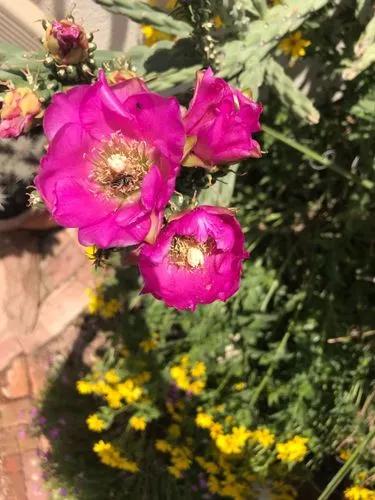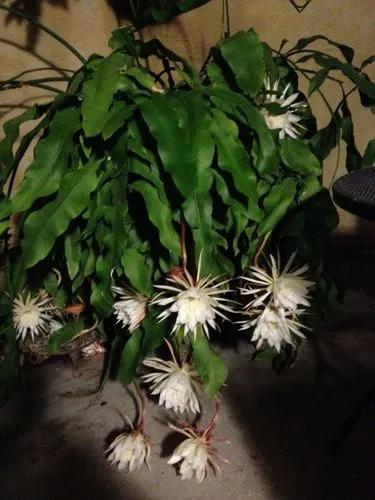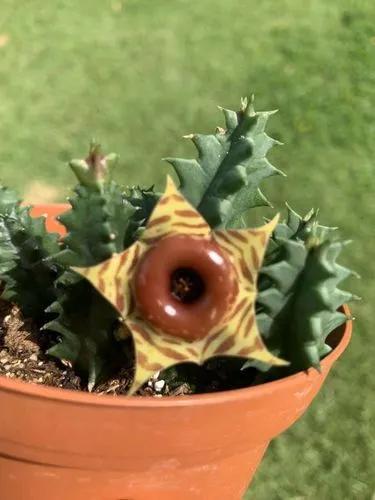Arizona Snowcap is a small ornamental cactus belonging to the Cactaceae family and is a mutated variant of Mammillaria gracilis. Under favorable conditions, it can grow a little faster and be more abundantly covered with dense thorns. Today, the plant is popular and common in many countries, as it has an impressive and unusual appearance and is easy to care for.
Arizona Snowcap Care
Mammillaria vetula subsp. gracilis 'Arizona Snowcap'



Mammillaria vetula subsp. gracilis 'Arizona Snowcap' can be easily identified by its cylindrical or spherical dark green stem, which is almost completely covered with white spines.
It usually grows to 3 inches (8 cm) long and 1 inch (2.5 cm) wide and has a strong lateral offset. The spines are short, numerous, bright white, and arranged extremely densely, creating a snowy appearance. Flowering occurs in spring and summer; small flowers have a bell-shaped shape and a large number of petals. The color can be bright yellow or pinkish-white with a pronounced brown stripe in the middle.
How to Care for the Plant

Water

The plant does not need a lot of water, so in the warm season; water is only after the top layer of soil is completely dry, and with the onset of cold, watering should be limited.

Pruning

Periodically remove dead flowers to promote new growth and avoid disease.

Fertilizer

During the growing season, use a universal liquid fertilizer.

Sunlight

Arizona Snowcap needs a lot of sunlight, so place it near a bright window or an outdoor balcony.

Soil

A well-drained potting mix for cacti or succulents is best.

Propagation

Cut a healthy stem from the plant with a disinfected blade, then plant in well-drained soil to form shoots.

Temperature

The best temperature for the plant is 68-95˚F (20-35°C), but the cactus cannot deal with the temperature lower than 32˚F (0°C).

Container

Use a container of any material and make sure that it has enough drainage holes.

Fun fact

The word "mammillaria" comes from Latin and means "nipple", which is indicated by a large number of small convex tubercles on the stem.

Popularity

90 people already have this plant 37 people have added this plant to their wishlists
Discover more plants with the list below
Popular articles






